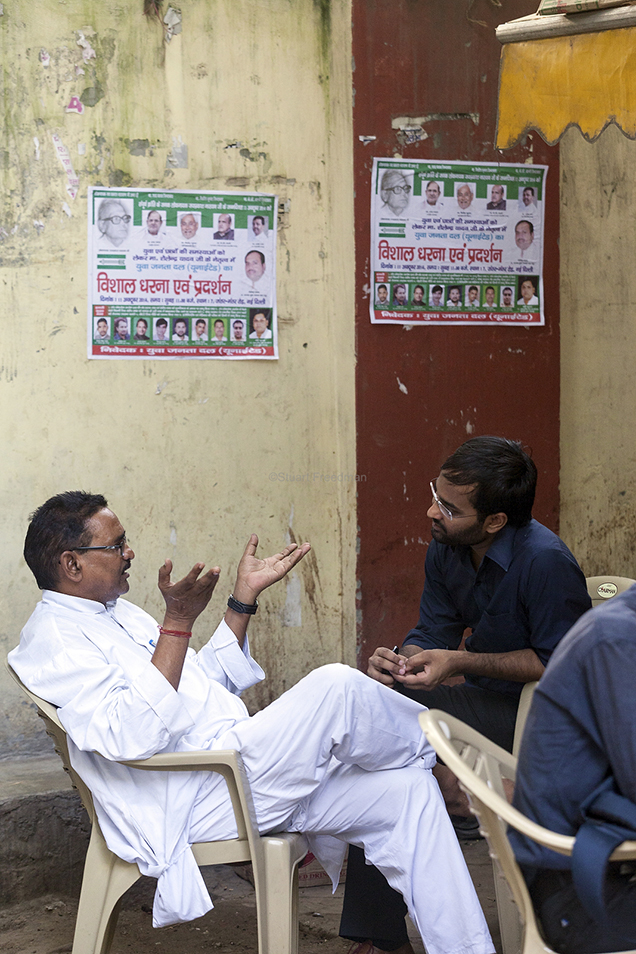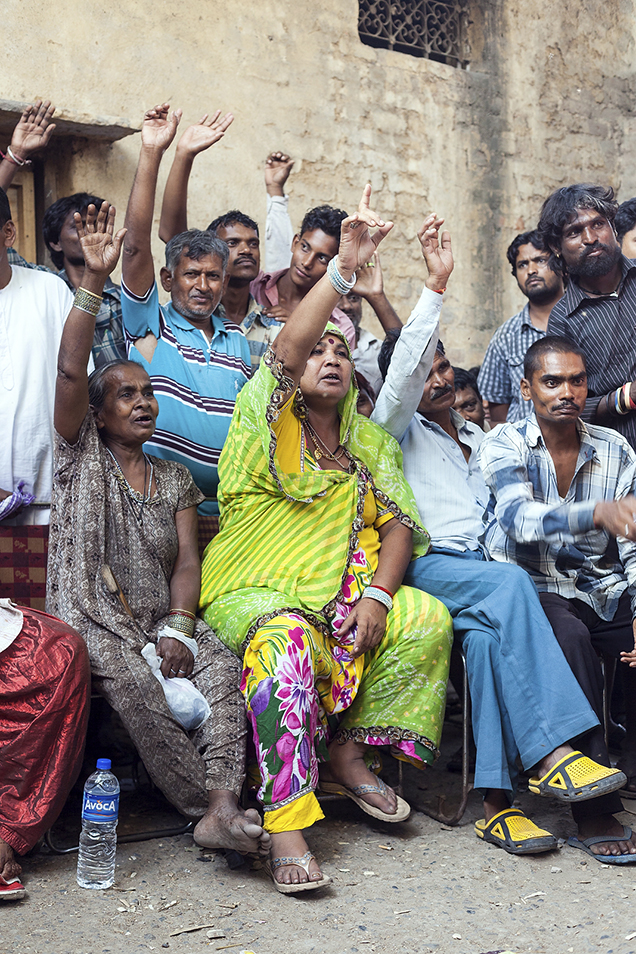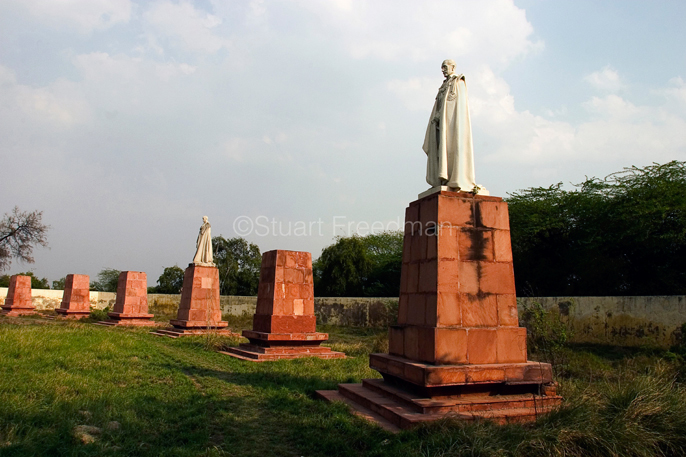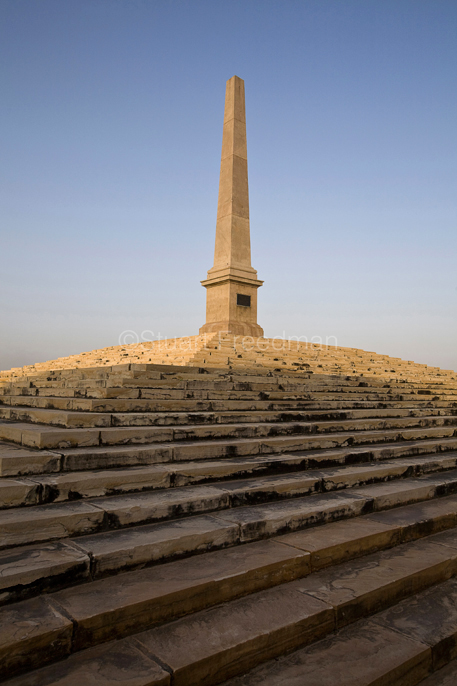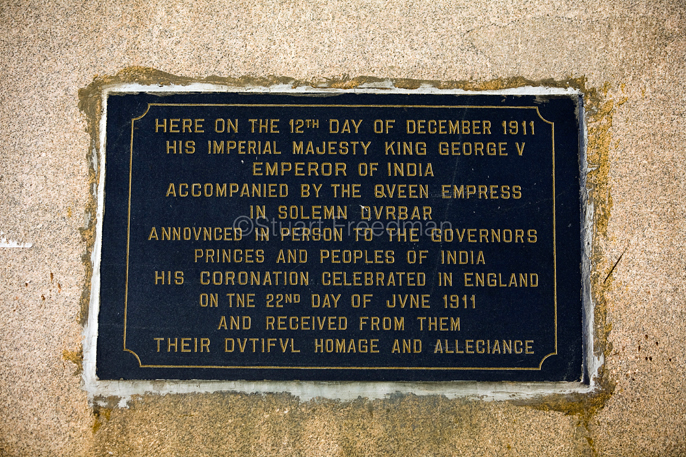I was very sad to read that the Delhi government has, under the pretext of the violation of ‘environmental laws’ closed the protest site at the Jantar Mantar in New Delhi. The order was carried out this morning evicting and razing the temporary shelters of protestors.
For those that don’t know, the street was a kind of Speakers Corner crossed with an Occupy site that allowed a very limited amount of protests to be carried out by those with a grievance. The street – adjacent to the famous monument – was chosen as a protest site in 1993 after the Ayodhya-Babri Masjid movement raised security concerns and the government banned protests at previous demonstrations sites. The Jantar Mantar site was one of the few places where people in the city could protest and let off steam. It was also a fascinating place to walk through and see just what kind of issues affected everyday Indians – and their faith in their democratic right to that protest.
I’d been to a few demonstrations at the Jantar Mantar over the years. They never made great pictures – the gatherings – the pushing and shoving with the police were formulaic and regimented by the authorities. However, it was always heartening to see the faith that especially the rural poor – many of whom had come from all over the country to shout about their (usually myriad) grievances – displayed. Heartening but of course ultimately futile: policy in India is rarely affected by such organised protests and increasingly one sees that cold, hard hand of the State for what it really is. As a symbol for where modern India is moving the broken tents and the tarpaulin of protesters scattered across the street that I’ve seen this morning in the Indian media could not however be more telling. How similar they look to the scenes that I’m reading about in Kathputli Colony as well today as the authorities seem to have finally decided to tear that Colony down for ‘development’. You can read about my previous writings on Kathputli here.
I leave you with two images. The first from the Jantar Mantar, not of a protest but of what I remember best from the place – engaged activists talking and debating. Creating a space where people were able to discuss their city. The second, from Kathputli in 2014 of local residents discussing the future of their slum colony that had clearly already been decided long ago for them.
Both of these spaces – so crucial to cities are now areas where the poor and voiceless are systematically excluded – and thus from the narrative of Delhi. It’s enough to make you wonder who these cities are actually for…
